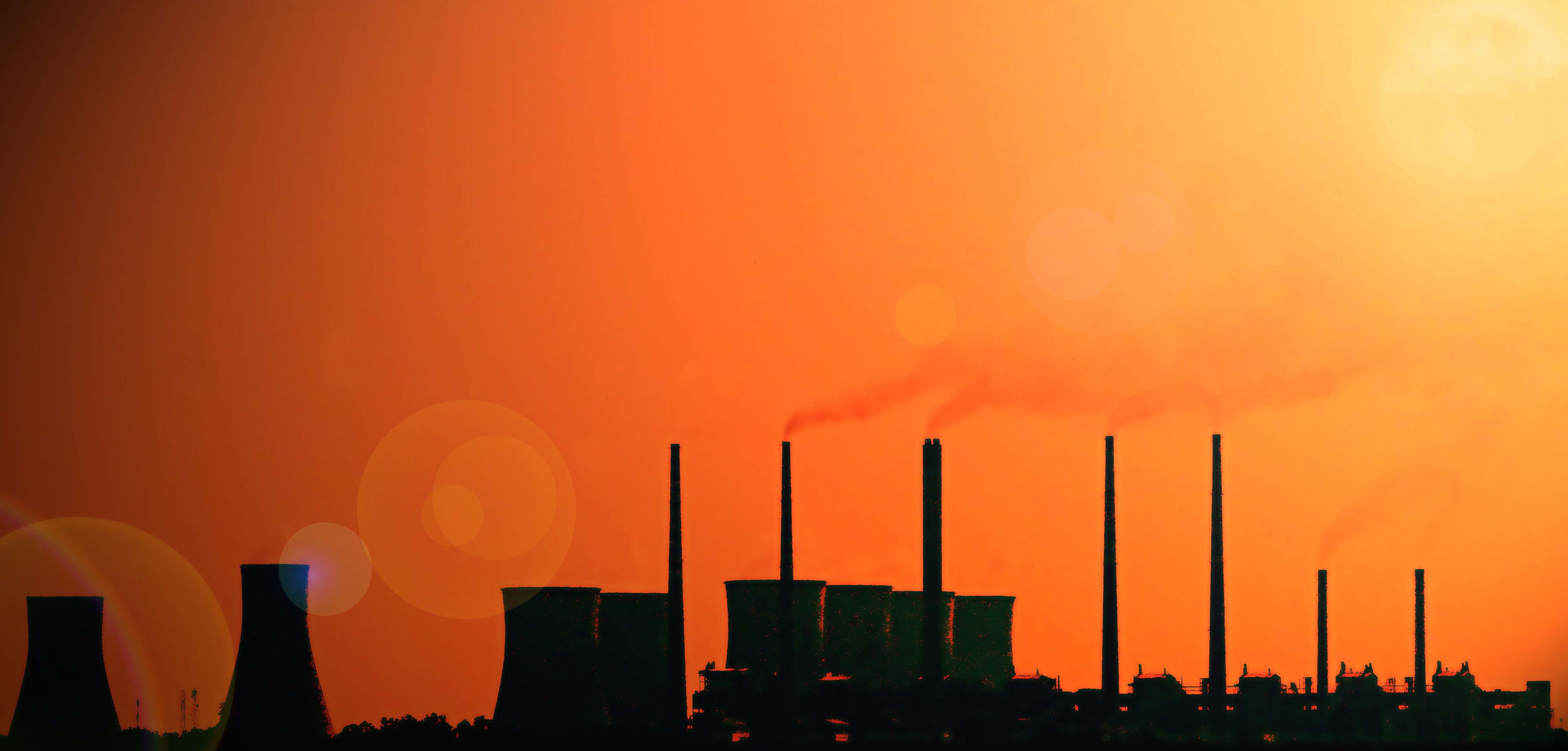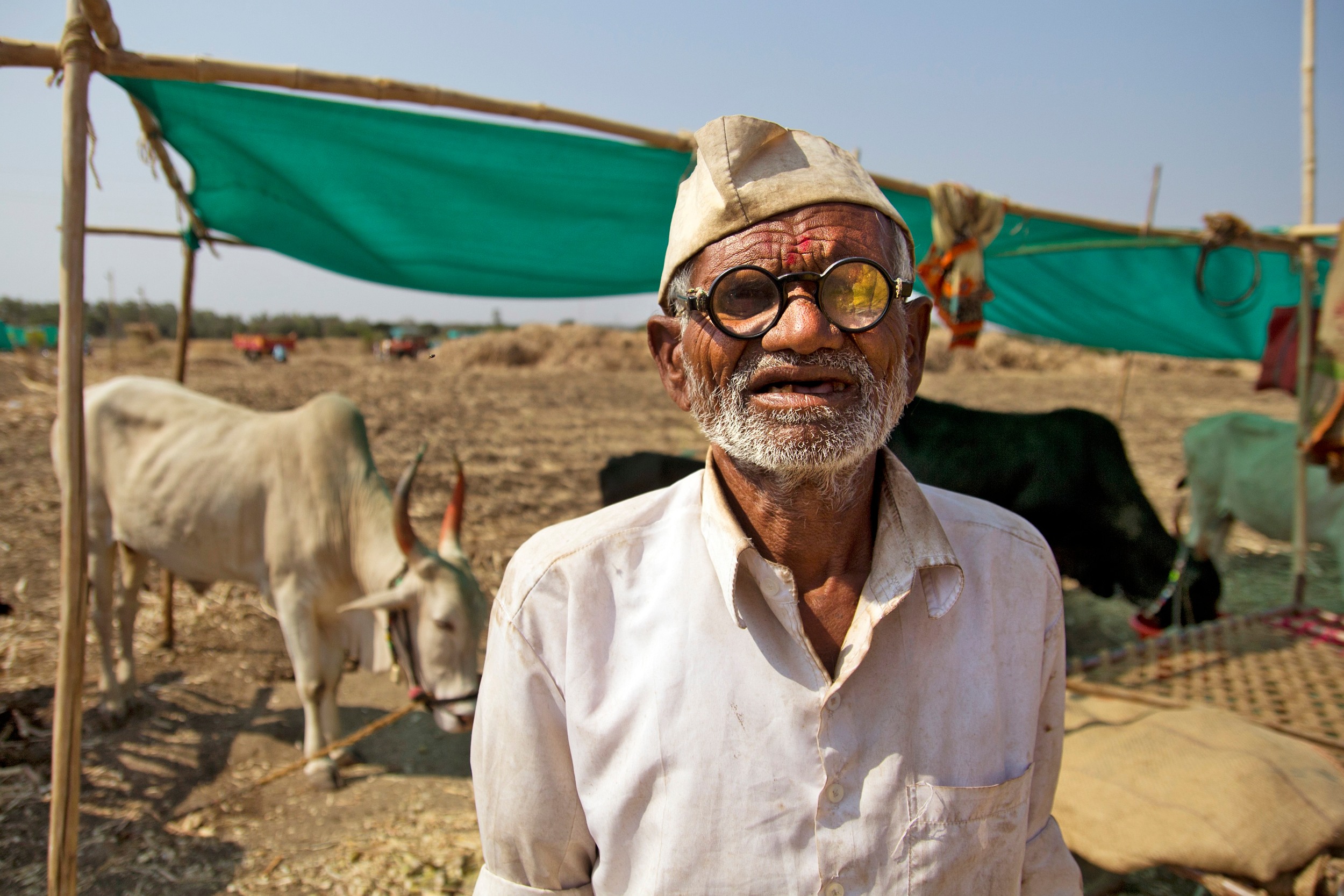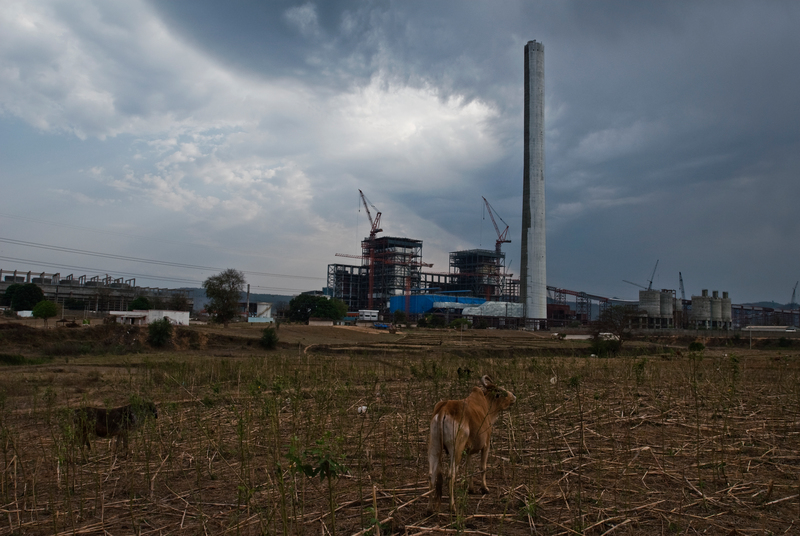Drought costs Indian coal companies $350 million so far this year

India’s extreme drought cost the Indian coal power sector at least $350 million in lost revenue in the first five months of this year.
Coal power plants in eastern, central and southern India have had to shut down due to a lack of water for cooling.
Some shutdowns have been temporary, for a few days or weeks, but others have been much more serious, lasting months.
Among the companies worst affected are the National Thermal Power Corporation, Adani Power, GMR, Mahagenco and Karnataka Power Corporation.
Read the report in full
Using publicly available data, Greenpeace has calculated that water shortages led to nearly 7 billion units of lost generation in coal power plants due to shut downs.
Data to calculate reduced generation (plants running at lower capacity factors to consume less water) is not available, so this figure is likely to be conservative.
Which plants?
As of June 1, 2016, over 4GW of coal remained shut due to a lack of cooling water.
That includes Adani’s 3300 MW Tiroda plant, GMR’s 600 MW plant in Warora and Mahagenco’s 1130 MW plant in Parli — all in the drought hit state of Maharashtra.
| Company | Plant | Million units generation foregone Jan 1-May 21, 2016 | Potential revenue foregone (million Rs.) Jan 1-May 21, 2016 |
| NTPC | Farakka | 1,119 | 3,918 |
| Adani | Tiroda | 570 | 1,995 |
| GMR | Emco Warora | 480 | 1,713 |
| Mahagenco | Parli* | 4,529 | 15,851 |
| KPCL | Raichur | 130 | 421 |
| TOTAL | 6,828 | 239,004 lacs (~$350 million) |
** Assuming Parli remains shut until June 15, 2016 at a minimum. The Central Electricity Authority expects Parli to remain shut till August 2016.
The coal power sector isn’t the only industry to be badly affected.
The Columbia Water Centre has estimated that the drought could end up costing the Indian economy as much as $100 billion dollars, across sectors as diverse as steel, agriculture, food products, textiles and pulp and paper.
That’s terrible news for an economy – or a government – already struggling with sluggish growth.
While most blame has been laid on flawed agricultural practices, such as growing water-intensive crops like sugarcane in dry areas, India’s 180GW coal fleet and the role it has played in exacerbating a water crisis has largely flown under the radar.

Coal is thirsty
As this Greenpeace analysis explains, India’s coal sector consumes enough water to meet the basic needs of over 250 million people, based on WHO standards.
In the seven states worst hit by the 2016 drought, coal power plants located in water stressed areas consume water enough for 50 million people in a year.
This at a time when some areas like Latur in Maharashtra have actually had to rely on ‘water trains’ to bring water to a parched city from almost 350 km away.
In other regions, the police have issued prohibitory orders restricting public assemblies, or posted armed guards in order to prevent communities from ‘stealing’ water needed to keep coal power plants running.
If that sounds bad enough, things could get a lot worse.
More coal is coming
Water consumption by coal power plants in these seven states could triple in coming years, if all proposed power plants are built.
The Ministry of Environment, Forests and Climate Change (MoEFCC) has continued to grant permits for new coal power plants, regardless of water constraints or other environmental factors.
Since January 2014, the MoEFCC has granted final permits to at least 17 GW of new coal plants, and allowed another 33GW to start the clearance process.
This is even as India’s coal sector struggles with low capacity factors, highly leveraged balance sheets and a lack of demand from state distribution companies.
Last week, the Indian government partially admitted what civil society watchers and some analysts have been saying for a while: that the country does not need more new coal power plants.
Longer shutdowns
Expanding India’s coal power sector would be spell trouble for the country’s existing coal power projects, with increased odds of longer and more frequent shut downs as demands for water grow.
Permits for coal power plants have been handed out with little or no thought as to whether the water exists for these plants to function.
The most egregious example is Mahagenco’s 1380 MW Parli power plant, which has been shut for 44% of all days since 2013 — it has been closed since July 2015 due to water shortage, and the company hopes to get it up and running again later this summer.

Even well-managed companies like National Thermal Power Corporation have ignored the financial risk that water shortages pose.
Its Farakka plant in West Bengal has had to shut on numerous occasions in 2016.
NTPC’s Solapur plant in Maharashtra is facing significant commissioning delays as it struggles to complete a 110 km pipeline to bring water to the plant.
Reliance Power, another big coal player in India, has over 3 GW of coal under construction or proposed in high water risk areas.
Adani
Reliance Power, another big coal player in India, has over 3 GW of coal under construction or proposed in high water risk areas.
Adani Power, already heavily leveraged, also has significant capacities at risk — 6 GW of its operating and under construction portfolio lies in highly water-stressed areas.
| Company | Operating coal plants in high/ extremely high water risk areas | Under construction/planned coal plants in high/extremely high water risk areas | Operating/under construction/ planned coal plants in water risk areas as a percentage of total proposed coal capacity |
| NTPC | 6.2 GW | 12.0 GW | 22% |
| Adani Power | 4.6 GW | 1.6 GW | 25% |
| Lanco Infratech | 1.2 GW | 2.6 GW | 32% |
| Reliance Power | 5.1 GW | 3.3 GW | 62% |
| RattanIndia | 0.5GW | 2.1 GW | 50% |
| Mahagenco | 2 GW | 0.9 GW | 16% |
| KPCL | 1 GW | 2.2 GW | 49% |
India’s Central Electricity Authority’s Jan-March 2016 quarterly report shows 72GW of thermal power projects under construction.
India’s energy projections made in the run up to the Paris climate summit in December 2015 imply another 300 GW of thermal power to be built by 2030.
In a water-stressed country with a growing population, where will the water to run these power plants come from?

